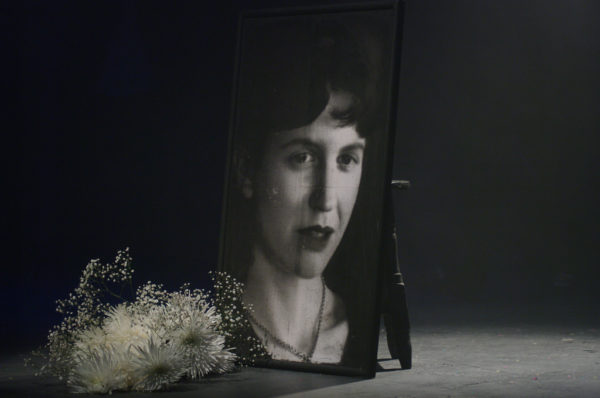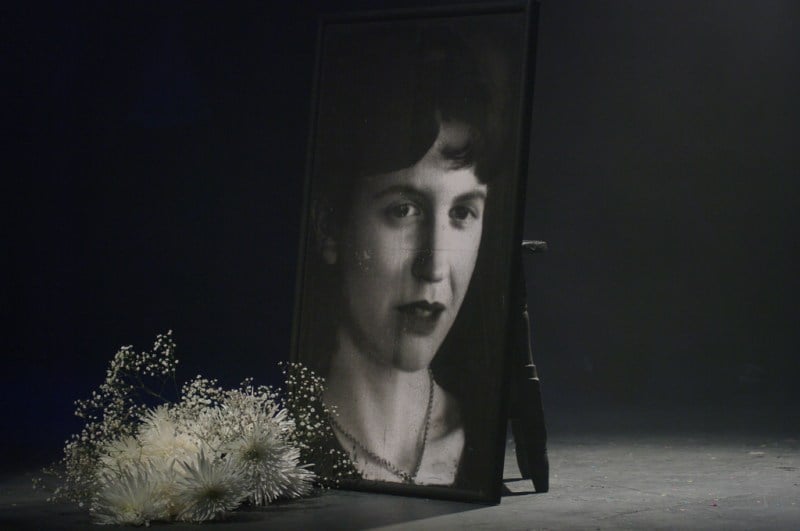
Tattoos have marked human bodies since the Neolithic period. Their permanence bares a heavy weight. Each needle scrawls a different story, whether it be a drunken mistake or a solemn tribute. And yet, tattoos also represent a distinctive sort of vitality; our bones will bear no traces of the ink and the sentiments of the markings will be long forgotten.
Four in ten millennials in have tattoos, and that figure is projected to keep growing. Each design is uniquely representative of cultures, movements, ideas and, perhaps most profoundly, people. In this way, tattoos are a lot like literature. The ink seeps into the skin as it does into the page. Both art forms are intrinsically personal, broadcasting meanings that are dually universal and individual to each reader or observer. Inevitably, the two mediums of expression are often fused together to produce beautiful literary tattoos.
Literary quotes are among the most common selections at parlors across the country. Here I set out to look at five of the most popular authors and examine why their words have resonated so deeply with American youth.
1. Kurt Vonnegut
Perhaps the most commonly tattooed book in the Anglophone world, Vonnegut’s “Slaughterhouse-Five” is an a literary icon. Characterized in various ways (satirist, science-fiction writer, postmodernist, manic-depressive), Vonnegut’s most famous phrase “So it goes.” adorns the bodies of thousands and thousands of people. Perhaps it is a reminder – in this age of activism – that even as we fight for change certain inevitabilities are guaranteed, and that sorrow is inescapable. The champagne is flat, your grandfather dies, you don’t like this article – so it goes. In those three words, beneath the caustic facetiousness, there are undertones of acceptance and consequential resilience.
Vonnegut’s taste for morbid irony extends to a second popular tattoo: “Everything was beautiful and nothing hurt.” The sentence is most frequently framed within the outline of a gravestone, as it is in the book. Vonnegut was notably skeptical about religion, and the phrase seems to mock the deep human desire for a heaven like that, so far from the world we know. It is possible that the saying comforts us because we too dream of such a simple utopia. It may be a promise of a brighter day to pull us through tough times. Or maybe the phrase’s rich, dark humor – the fact that such a place is nowhere in our realm of existence – that attracts people. It’s a coy reminder of a brutal truth and indicative of the disillusionment of today’s youth. In “Slaughterhouse-Five,” the phrase is used to describe war, which makes it an essentially absurd statement in context. But then, we should ask ourselves: Is that statement ever truly not absurd?
2. Maya Angelou
The legendary poet, essayist and civil rights activist has many renowned works to her name – her most frequently tattooed words, however, are “Still I Rise.” This poem is an exquisite, defiant cry against racism and sexism and in recent years has become a mantra repeated in the face of bigotry of all forms. In these tumultuous times, the inspiring phrase can serve as a reminder that you can surpass any obstacle. Our generation is increasingly concerned with empowerment and self-love, and it’s no wonder that Angelou’s eloquent courage still echoes through our minds today.
3. Sylvia Plath
Plath’s most frequently tattooed words are unassuming. They merely read, “I am, I am, I am.” The quote, which comes from her novel “The Bell Jar,” is better understood with more context: “I took a deep breath and listened to the old brag of my heart. I am, I am, I am.” This repetition is a reassurance, a steadying intonation to ground you in the world. More people than ever today are diagnosed with anxiety, particularly young adults. Even those without a chronic condition can be left feeling shaky and fretful as battles over the very definition of identity rage around them. I think that this tattoo is so prevalent because it is a measured but vital reminder that to be alive is enough.
4. Charles Bukowski
A poet of a very different breed, Bukowski was known as a dirty realist. Morsels from his prolific collections are scattered across the skin of the nation. There is no distinctive quote that stands out, but rather a motley selection of concise lines. This group includes fatalistic declarations such as “don’t try” and political statements like “run with the hunted.” Most of his most resonant lines, though, are an arresting composite of misery and hope. “What matters most is how well you walk through the fire,” an arm might read. “It has been a beautiful fight. Still is.” a muscular calf claims. “You’re going to have to save yourself,” is scrawled across a wrist somewhere. Or, my personal favorite: “I wish to weep, but sorrow is stupid.” It seems that Bukowski’s words ring true because of their dichotomous nature; they are sad but buoyant, simple but profound. We live in a harsh, increasingly entropic world, but we try to find ways to thrive within – or in spite of – the struggle.
5. Shakespeare
Of course the Bard’s immortal words are included in this assemblage. There are two lines, from “A Midsummer Night’s Dream” and “Hamlet,” respectively, that are most commonly tattooed: “And though she be but little, she is fierce” and “To thine own self be true.” The former’s appeal is rather obvious, as it is a proud feminist assertion. As movements like #MeToo grow and women’s rights continue to swell further across the globe, Helena’s supposedly insulting words have morphed into a battle cry. The latter phrase also carries weight. Unlike the phrases of the previous four authors, “to thine own self be true” serves as an enduring moral guide that quite literally becomes part of you. The ideal of integrity, whatever that means to you, remains a noble pursuit,
These are, of course, only some of the authors whose work people have chosen to etch onto their bodies. From J.K Rowling to F. Scott Fitzgerald, there are plenty more writers whose work has been inked into perpetuity. It is a testament to the power of literature, I think, and to its capacity for self-expression that we bare these words to the world as a segment of ourselves.
Contact Gracie Newman at sgnewman ‘at’ stanford.edu.
